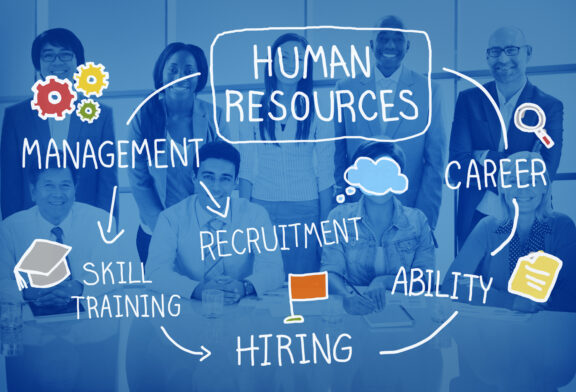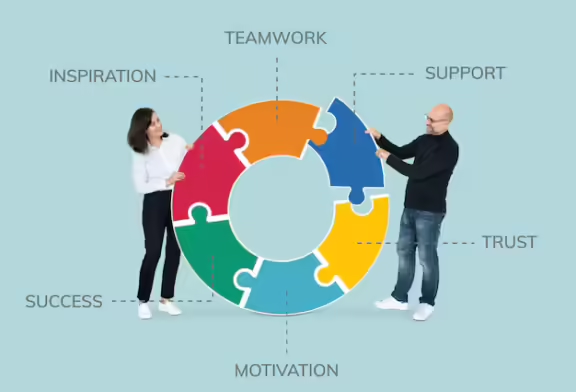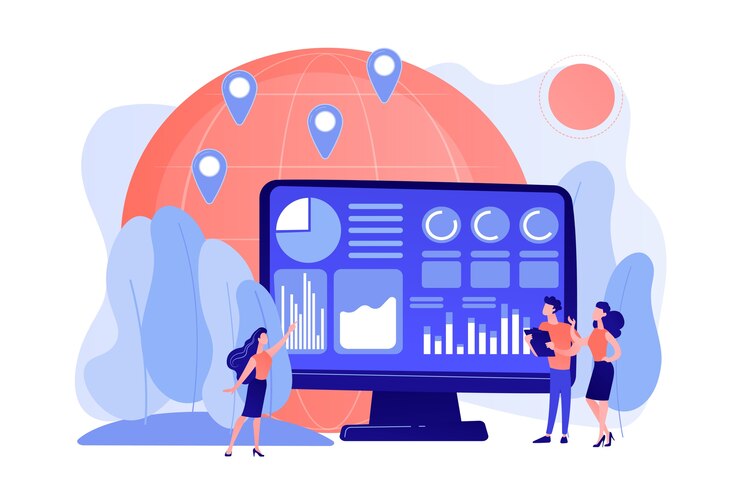
Designing training programs to ensure that employees learn new skills and brush up on their existing ones is a priority for HRMs. Not only does this boost operational efficiency but also improves the amount of engagement people feel in terms of work.
An easy way to address this is via an L&D competency framework.
What Are Competency Frameworks?
A structure that lists skills, traits, and requirements for a given role is called a competency model or framework.
By outlining the skills, traits, and knowledge needed for each job role, a competency model establishes clarity regarding job roles and boosts transparency between the workers and the management.
A competency framework is developed by the HR team with inputs from different levels of the organisation. The goal is to put in place an operational structure that establishes which skills and behaviours are needed, recognised, and valued in an employee.
The purposes served by the competency framework are as follows:
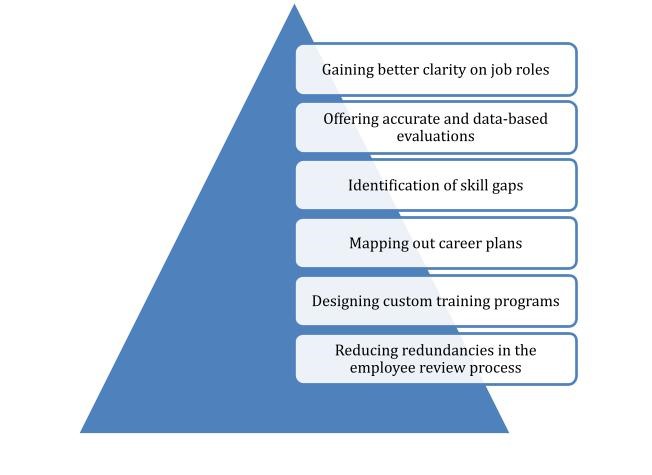
Core Components of Competency Frameworks
At their core, competency model frameworks are based on:
- Basic Competencies (Skills): Communication, teamwork, and the like.
- Functional and Technical Competencies: Skills, training, educational qualification, etc.
- Behavioural Indicators: Being open to change, leadership abilities, and similar attributes.
- Employee Assessments: Performance reviews, appraisals, assessments.
- Organisational Goals: Aligning the company’s long term goals to those of the employees can lead to comprehensive growth for both.
Using these, the competency frameworks can be used to create comprehensive training programs for developing the skills of employees.
The Role of Competency Frameworks in L&D Programs
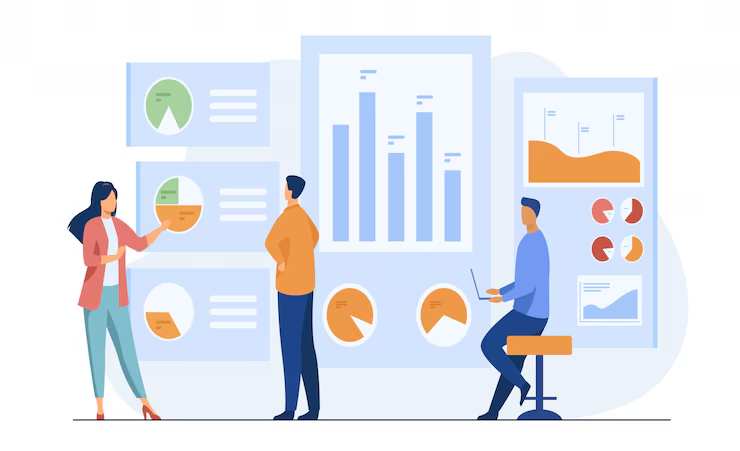
For L&D, competency frameworks need to account for the below:
Aligning Training with Organisational Goals
Each organisation has a set of long term and short term goals that it uses as milestones. Consequently, so do we as employees. For comprehensive and organic growth, both need to align. Thus, it becomes an important criterion when looking into the skills and attributes required in a worker.
Enhancing Employee Performance
With regular employee monitoring, team leaders can track which employees are performing up to the mark and who have fallen behind. Having a competency framework that lists the required parameters aids the task. This in turn facilitates better performance among employees.
Identifying Skills Gaps and Tailored Interventions
By pinpointing areas that need further training or reskilling, HRMs, and team leaders can provide guidance to employees and intervene as required. They can also identify employee skill sets and learning styles to create custom training programs.
Benefits of Implementing Competency Frameworks in L&D
Competency framework development and implementation has a number of general benefits. These involve streamlining HR tasks like performance reviews, designing training programs, and conducting recruitment drives.
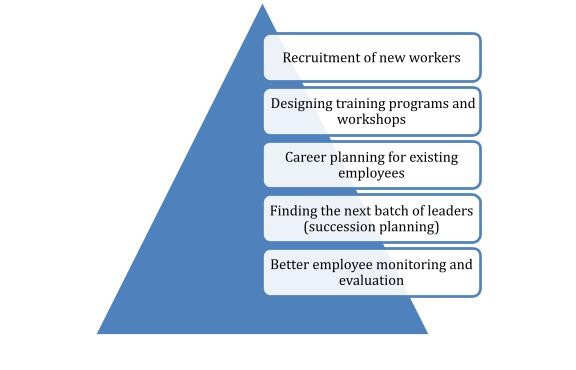
Considering that 85% of workers tend to leave if they feel that they have received an unfair review, transparency in the evaluation process is essential.
Further, the benefits of the ones that make up L&D Competency Framework can be better explained as follows:
Improved Employee Engagement and Retention
Using a clear and concise Competency Framework introduces clarity in the employee monitoring and review process. When performance evaluations are done with transparency, workers feel more involved in the process which boosts their confidence. This in turn stops them from feeling disengaged from their tasks, thus increasing employee retention.
As per Gallup, the cost of retraining a new employee is 1.5x to 2x that of the salary of an existing employee in the same role.
Streamlined Career Development Pathways
While workers are recruited keeping their skill sets in mind, they gain a lot of new skills on the job too. Keeping these in mind, HRMs and Team Leaders can plan for promotions of certain employees as well as discuss career paths if they wish to venture into a new role. Further, they can also help create training programs to improve leadership and industry-relevant technical skills that help workers do better in their assigned roles.
Consistent Measurement of Employee Progress
The competency model development process creates uniformity in the way different workers performing the same tasks are evaluated. This creates a consistent scale for measuring employee performance as well as progress.
Steps to Build an Effective L&D Competency Framework
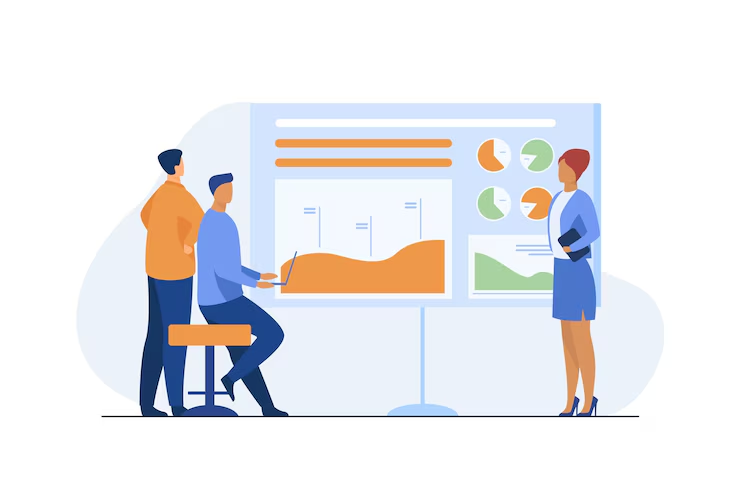
The general steps to follow for any competency model development process involve:
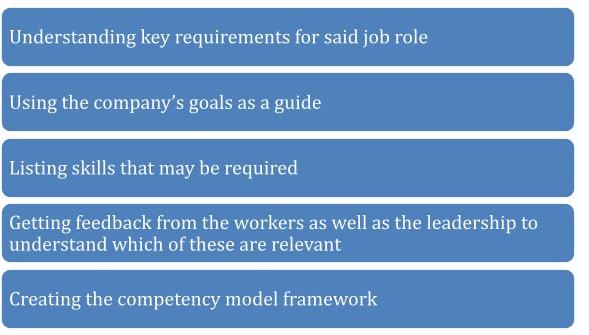
By designing a relatable competency framework companies can have up to 34% growth in employee engagement.
However, a competency framework for learning and development can be created with just three steps:
Identifying Organisational Needs
Not all skills and qualifications are necessary or relevant for a job role. However, certain prerequisite skills are needed for every role. Further, organisations set a certain standard that they expect from their employees.
Keeping these in mind the organisations’ needs to be listed against each job role.
Collaborating with Stakeholders
A meeting with relevant stakeholders (both managers and workers) will elaborate on the skills that are needed for each role and the attributes that are relevant. This will act as the basis of the competency framework that will be created.
Defining Clear, Measurable Competencies
These need to be condensed into clear criteria that will act as the parameters of the competency framework. Each employee will be evaluated as per the criteria relevant to their assignments and job role.
This makes the entire process concise and measurable.
Challenges in Using Competency Frameworks
According to SRHM, 47% organisations have a tough time aligning competency frameworks with actual goals. When using a competency framework for your organisation, some common issues faced are as follows:
- Lack of clear understanding among users
- Not being able to update the data against different criteria regularly
- Not making periodic changes to the competency model can make it lose its relevance
When it comes to using a competency framework for learning and development, the issues faced are as below:
- Not listing relevant skills and parameters in the L&D competency framework
- Not taking inputs from all relevant levels of the organisation
- Misrepresenting data submitted under the competency framework during evaluations
- Both stringent as well as minimal adherence to the competency model framework
To resolve given challenges, the pitfalls that can come with using a competency framework need to be addressed. Also, the people who need to use these regularly must be made aware of its importance as well.
Solving the Common Pitfalls Faced
Make sure to update the L&D competency framework structure periodically once deployed. Further, employee data needs to be submitted regularly to ensure better results and thorough monitoring using the competency framework.
Addressing Resistance to Change
Employees as well as the Management need to be trained on how to use a competency framework with ease. This will help them realise the importance of having a competency model that will streamline their tasks.
The Future of Competency Framework in Learning and Development
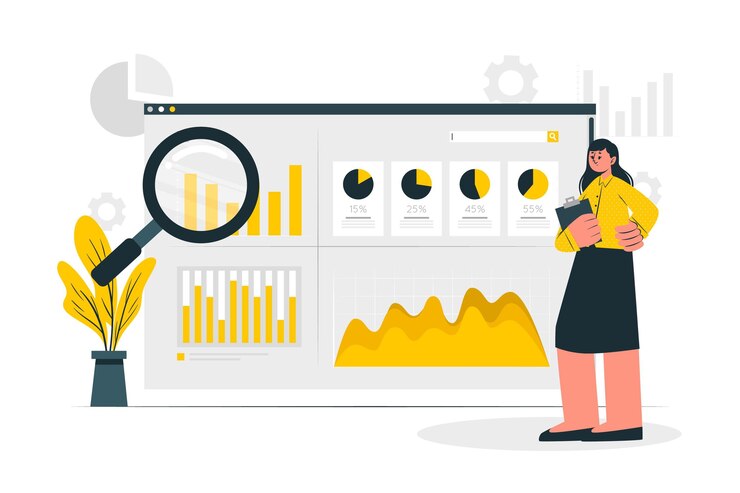
Using a Competency Model Framework in L&D can simplify the way recruitment drives are conducted. To add, it also becomes easier to match skills with job roles.
By using AI and associated tools, the competency framework development process can be made simpler. Further, keeping in mind the objectives behind opting for a competency framework helps create a concise, useful structure.
Integration with Technology and AI
When designed with the latest technology available, a competency framework provides the below advantages:
- Providing real time monitoring
- Creating analytics using employee data
- Data driven reviews
- Easy integration with existing systems
Trends that Shape Competency Frameworks
The below necessities shape competency frameworks, helping them define their objectives:
- Balance technical skills with behavioral attributes
- Design relevant training programs
- Facilitate recruitment by matching skills with job roles
- Be useful across sectors and job roles
- Provide a clear set of expectations for employees and leaders
- Make the employee monitoring process simple
To Conclude
To design and implement a competency framework successfully, the purpose needs to be defined first. When it comes to L&D programs to train workers or reskill them, having a competency framework makes it easier to identify the skills required and traits preferred in a given role.
Further, it provides a clear and analytical visual on how much training each employee needs and if the training programs have been impactful. Thus, having an L&D competency framework makes the training process easy to deploy and monitor.



